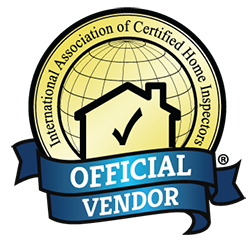Real estate investors and property managers must conduct periodic inspections of their properties. Surprisingly, many property owners do not take this step. Failing to conduct each of the four basic types of property inspections will certainly result in unexpected costs and a loss of revenue. It can also leave property owners vulnerable to legal damages.
Unfortunately, savvy tenants will exploit the naïveté of apartment owners and property managers for their own financial gain. Disputes about security deposits are common. The only way to justify your security deposit decision and protect yourself if the dispute lands you in front of a judge is by having inspections that were properly carried out and documented. Here are some key things to remember about the move-in and move-out inspections.
Initial move-in inspection
This inspection is carried out by the tenant with the property manager present. There should be move-in inspection sheets available for the tenants to use as they walk through the property and document its condition. They are not looking for damages in this case; the primary purpose of this move-in inspection is for the tenant to be fully informed of what condition the property must be in for them to receive their security deposit back when they move out. In order to signify that they are aware, the tenant should sign the inspection sheet and return it to the property manager. If there are any issues with the property, such as stained carpet or a damaged wall, the property manager should take a picture. The issue should be noted on the inspection sheet along with a printout of the picture and a notation that this was the move-in condition on a specific date.
The move-out inspection
This is the property manager’s time to assess the overall condition of the property when the tenant moves out. It should be done when the tenant returns the keys. If the move-out inspection is not done immediately upon receiving the keys, the tenant can deny responsibility for anything found during a move-out inspection conducted at a later date. The policy should never allow tenants to mail the keys or leave them in a drop box. Property managers must conduct the move-out inspection with tenants in the property. An inspection checklist should also be used on this occasion. The property manager should also have a copy of the move-in inspection. If there are issues that will prevent the return of the security deposit, the manager should ask the tenants to sign the inspection report, even though they might decline. In any case, the issue should be photographed and documented to protect the legal position of the property owners. You can always hope that the property will be well maintained by your tenants, but you must be prepared for the possibility that some will not leave it in good repair.











